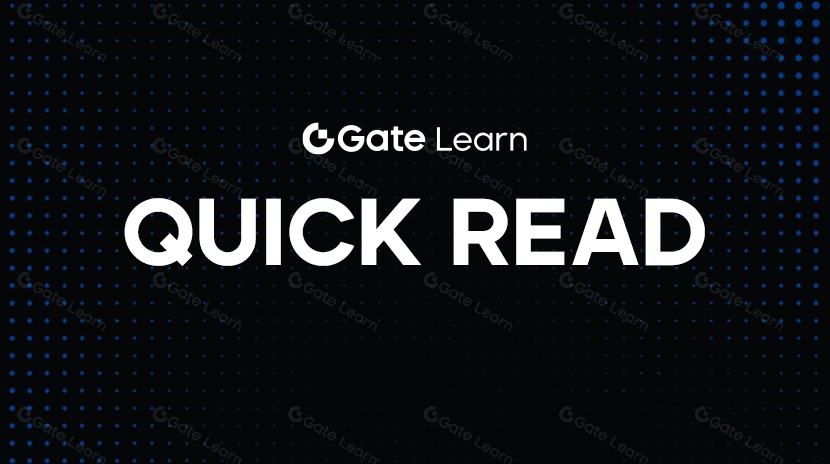什么是 EOS(EOS)?
什么是 EOS?
EOS,全名是 Enterprise Operation System,它是由区块链开发公司 Block.one 推出,背后的灵魂人物是有区块链奇才之称的 Dan Larimer(同时也是 Steem、BitShares 创办人),EOS的初衷很明确,想要打造一个可以支援大型商业应用(DApps)的区块链平台,像以太坊一样灵活,但速度更快、成本更低、用户体验更友善,希望成为区块链世界的作业系统,让开发者可以像开发 App 一样轻松部署去中心化应用。
EOS 的核心特色
EOS 之所以一开始被大量资金追捧,主要是因为以下几点它提出几个很激进、很吸引人的设计概念:
超高 TPS(交易处理速度)
相比以太坊每秒只能处理十几笔交易,EOS 宣称可以支援数千到上万笔 TPS,而且不收取每笔交易的手续费,这对于想要建构游戏、社群媒体、金融应用的大型 DApp 开发者来说,无疑超有吸引力。DPoS 共识机制
EOS 采用的是 Delegated Proof of Stake(委托权益证明)共识,是一种让持币人投票选出代表(Block Producers,简称 BP)负责出块,这种设计理论上可以大幅提高效率,减少矿工消耗的能源。免费交易
在 EOS 上,普通用户发送交易是免费的(本质上是资源质押的概念,例如 CPU、NET、RAM),这个对比其他需要 Gas Fee 的区块链来说,对用户体验的提升是巨大的。
史上最大 ICO
EOS 在 2017-2018 年进行了一场历时一年的 ICO,这在当时是超级破格的操作,最终它募资超过 42 亿美金,创下了史上最大区块链募资纪录。为什么会有这么多人疯狂投入?以下有几个关键要点:
- 团队背景强:Block.one 背后不乏重量级人物,Dan Larimer 的履历加持。
- 叙事吸引人:对标以太坊、主打商业级 DApp 平台,非常切合当时市场热点。
- 市场情绪高涨:2017 年牛市,整个市场 FOMO 氛围拉满。
EOS 逐渐走向落寞
理想很丰满,现实很骨感,在主网上线后,EOS 遭遇了各种挑战和批评,包含以下几点:
中心化争议
虽然 DPoS 可以提高速度,但也让出块权力集中在少数几个大型节点手中,社群一度批评:这已经不是区块链了,是中心化伺服器!缺乏明星应用
即便技术性能不错,但 EOS 上始终缺乏真正能够出圈的、成功的大型 DApp,不像以太坊有Uniswap、Aave 这样的生态爆款,EOS 的应用层显得冷清。Block.one 操作争议
Block.one 在募资后没有完全投入开发,反而开始大举购买比特币、布局其他投资,引发社群不满,例如:为什么拿我们的钱去炒比特币?这个问题成为 EOS 社群多年来的一个心结。
EOS 硬分叉与新生
2021 年,随著社群对 Block.one 越来越不信任,EOS 社群推动了一场硬分叉,成立了新的治理组织,名为 EOS Network Foundation(ENF),是由社群领袖 Yves La Rose 带头,他们开始接管 EOS 网络的发展权,重启生态建设,推动资金透明化,这一波社群自救行动,让不少老用户燃起了新的希望,2023 - 2025 年间,EOS 也陆续推出了升级计划(如 Antelope 协议),并且积极扩展和其他公链(比如以太坊 Layer2)互操作的能力。
开始进行 EOS 现货交易:https://www.gate.io/trade/EOS_USDT

总结
EOS 作为一个以高效能、低成本和用户友善为核心设计理念的区块链平台,曾经以其创新技术和强大团队背景引发市场高度关注,并创下史上最大 ICO 纪录,尽管主网线上线后面临中心化争议、缺乏明星应用及团队运作争议等挑战,EOS 社群仍展现出强大的自我调整能力,推动治理架构革新并持续升级技术。如今 EOS 透过社群主导的新治理组织和跨链协作,持续探索可扩展性与生态发展的新方向,为区块链应用带来更多可能性,也为未来的去中心化世界奠定坚实基础。
相关文章

比特币最新动态:价格走势与市场前景解析

2025 年特朗普关税政策深度分析

一文了解TRUMP代币:$TRUMP代币全面解析

解密 TRUMP 代币:OFFICIAL TRUMP 模因币

比特币价格暴跌至 $104,000:中东冲突引发市场恐慌
